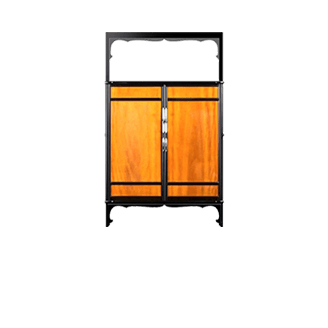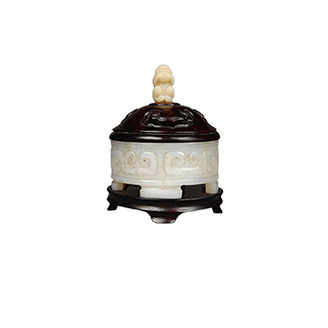
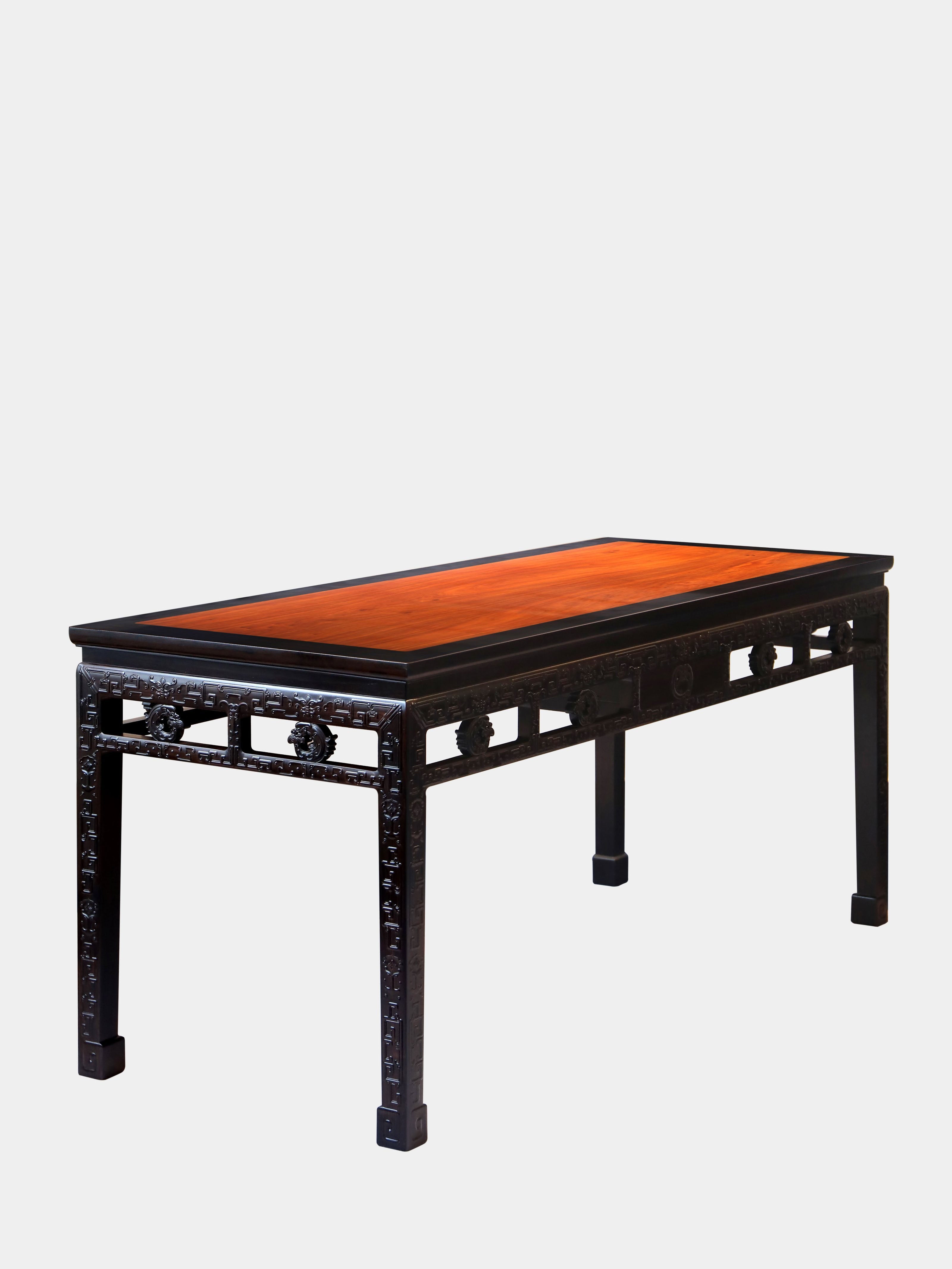

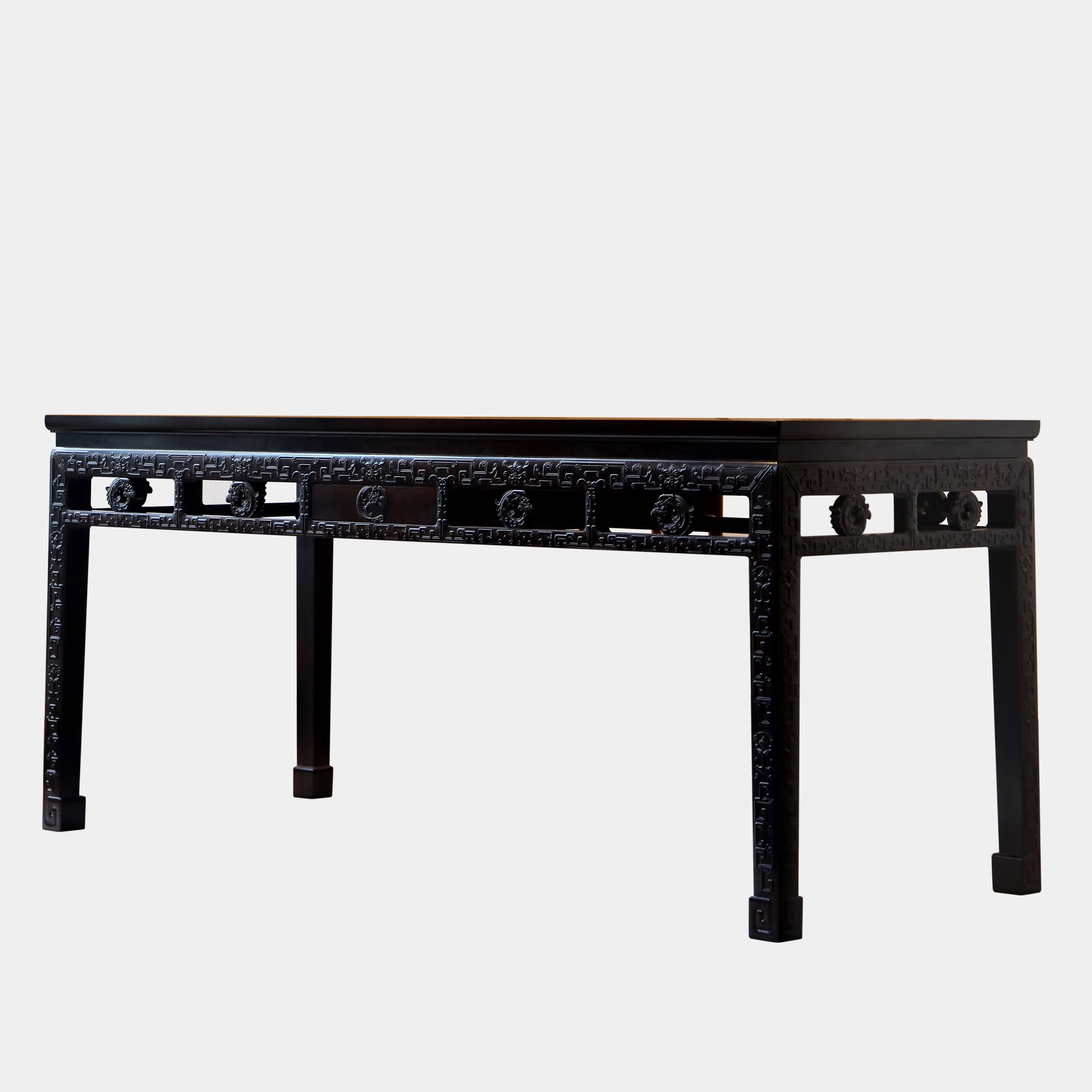
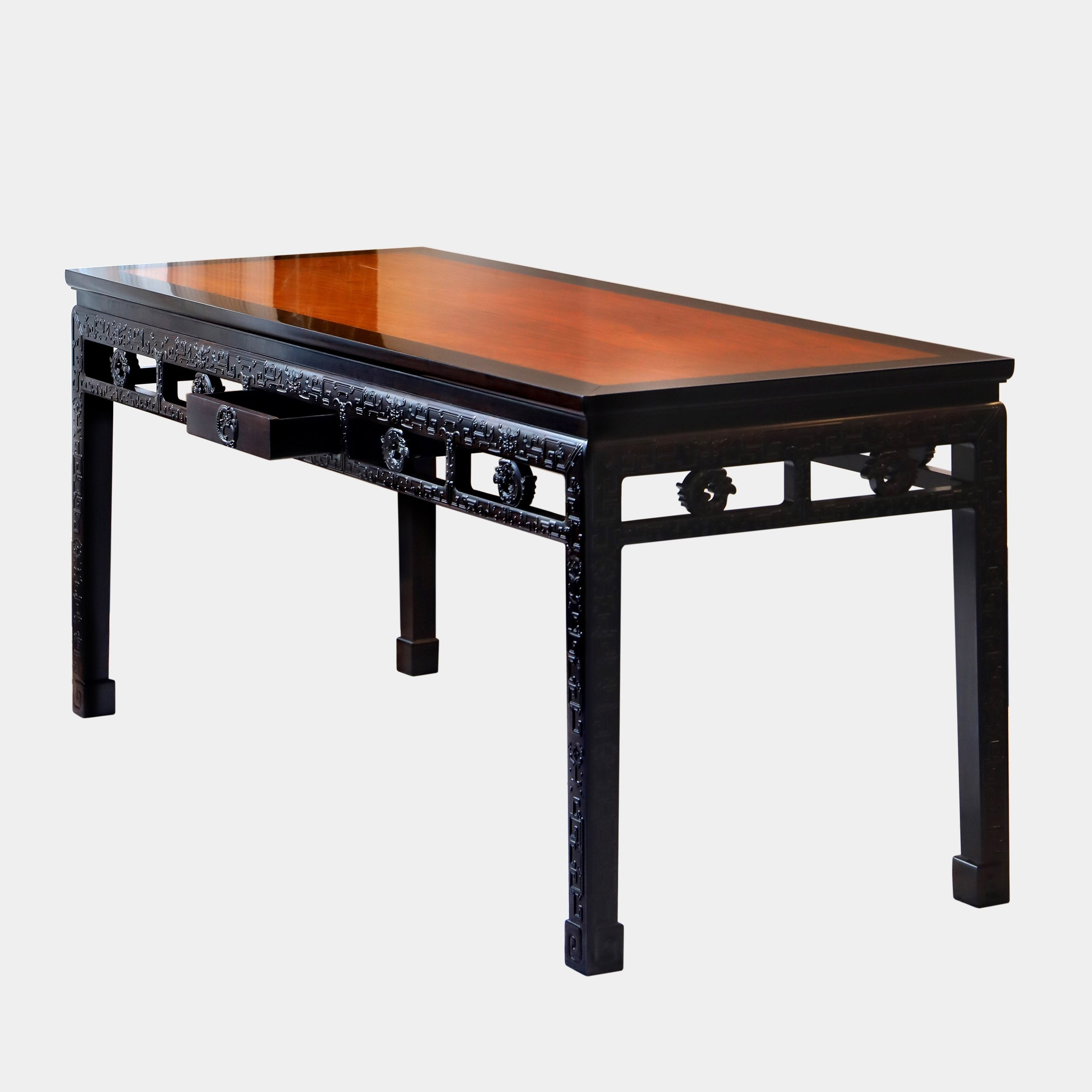

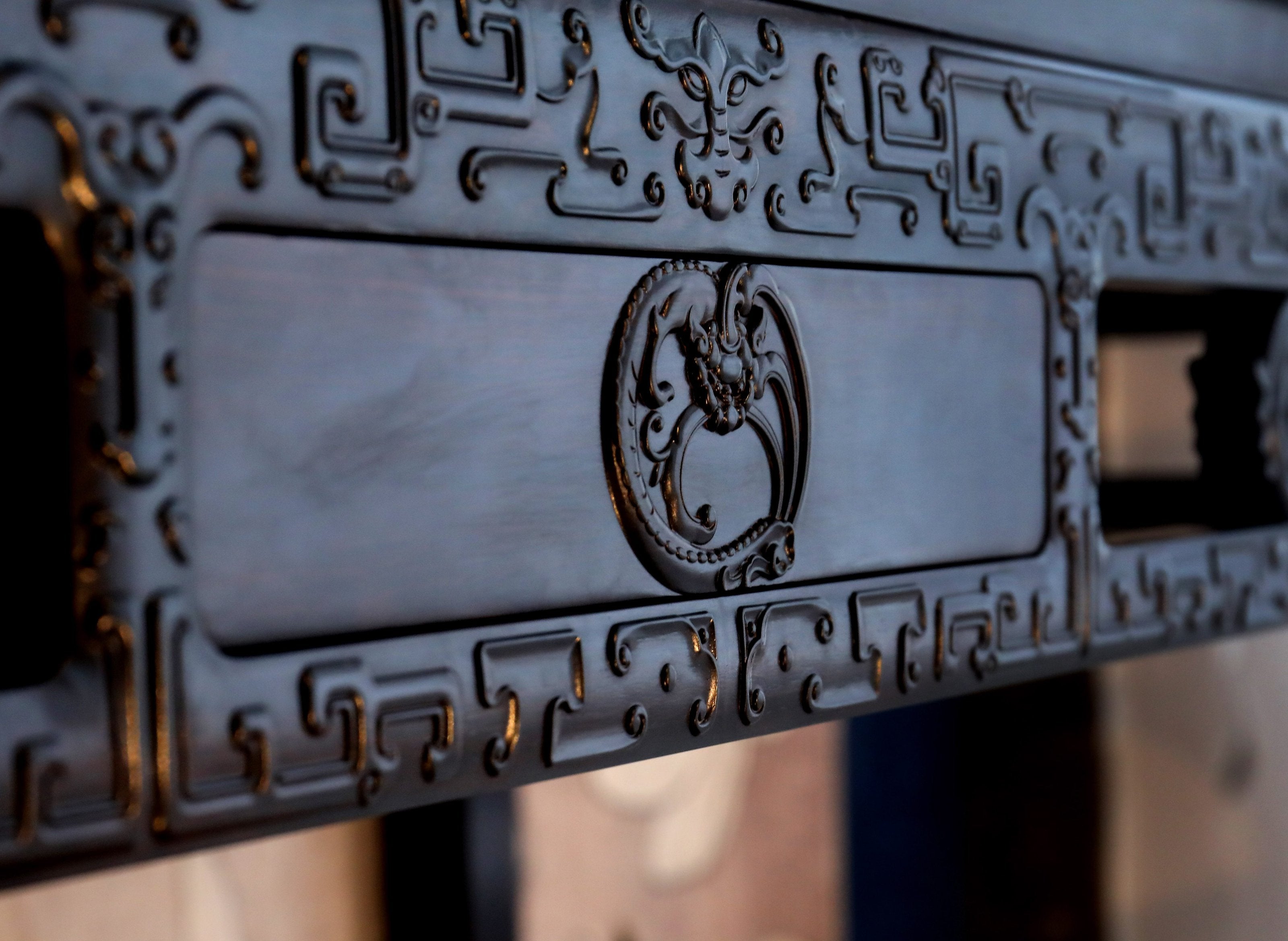
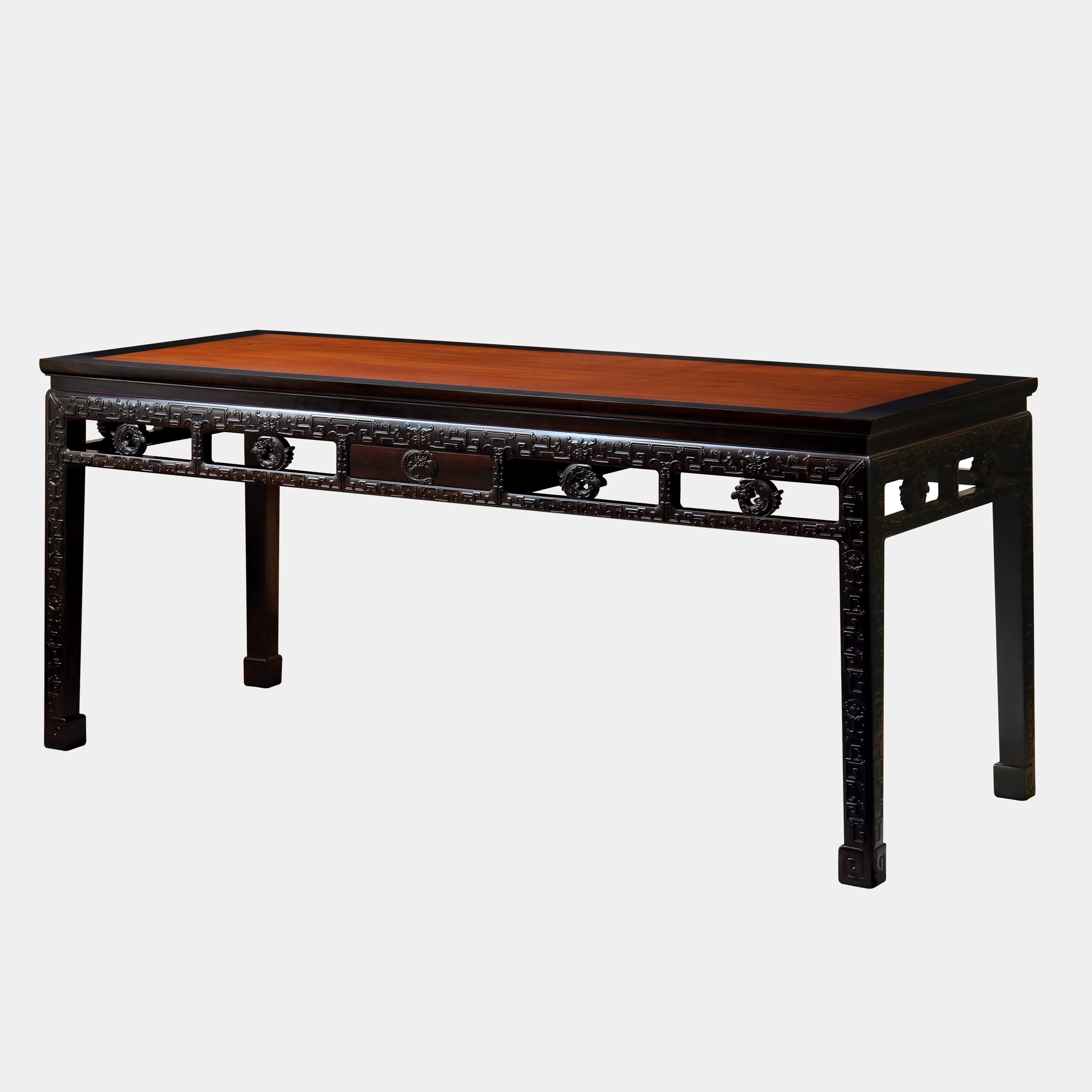
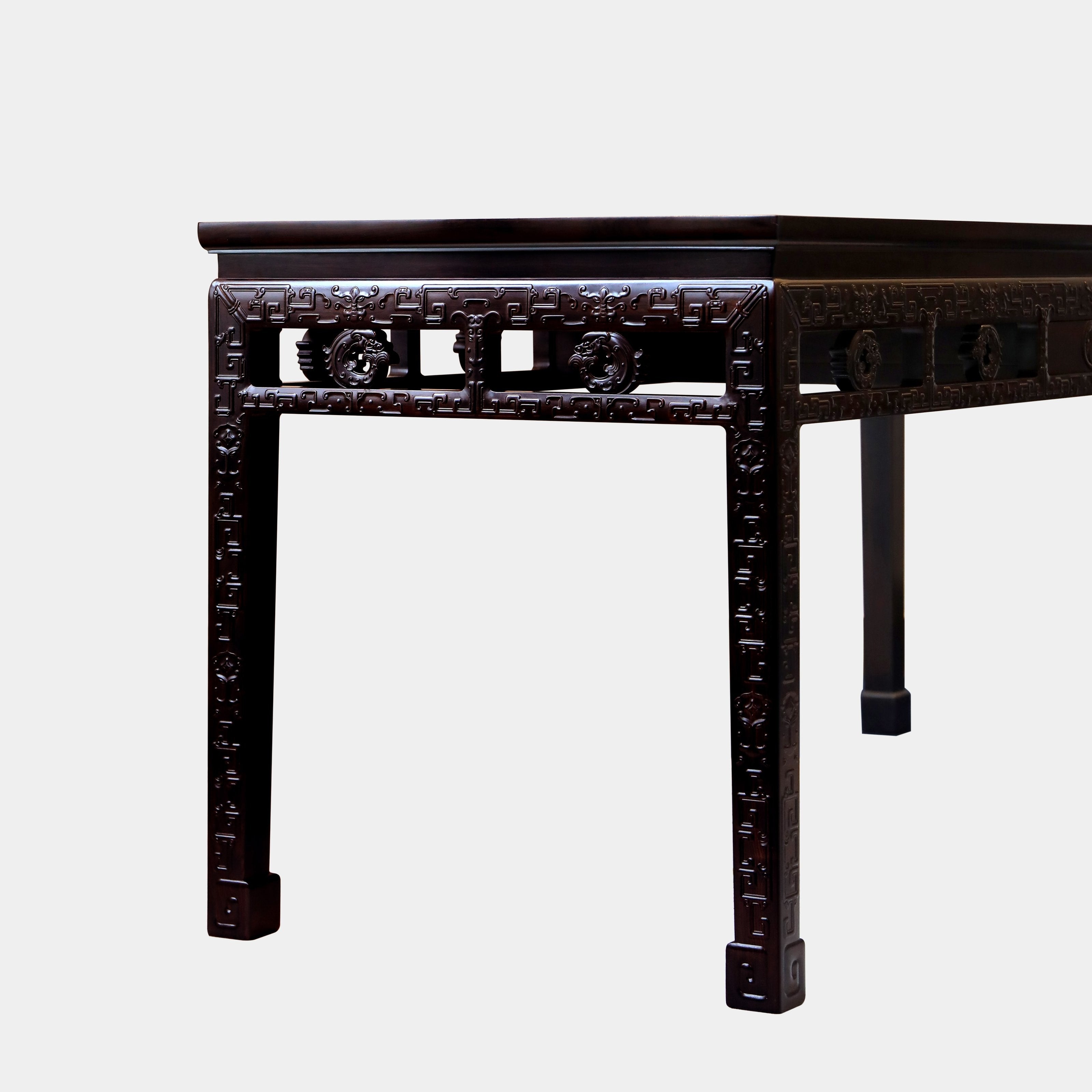
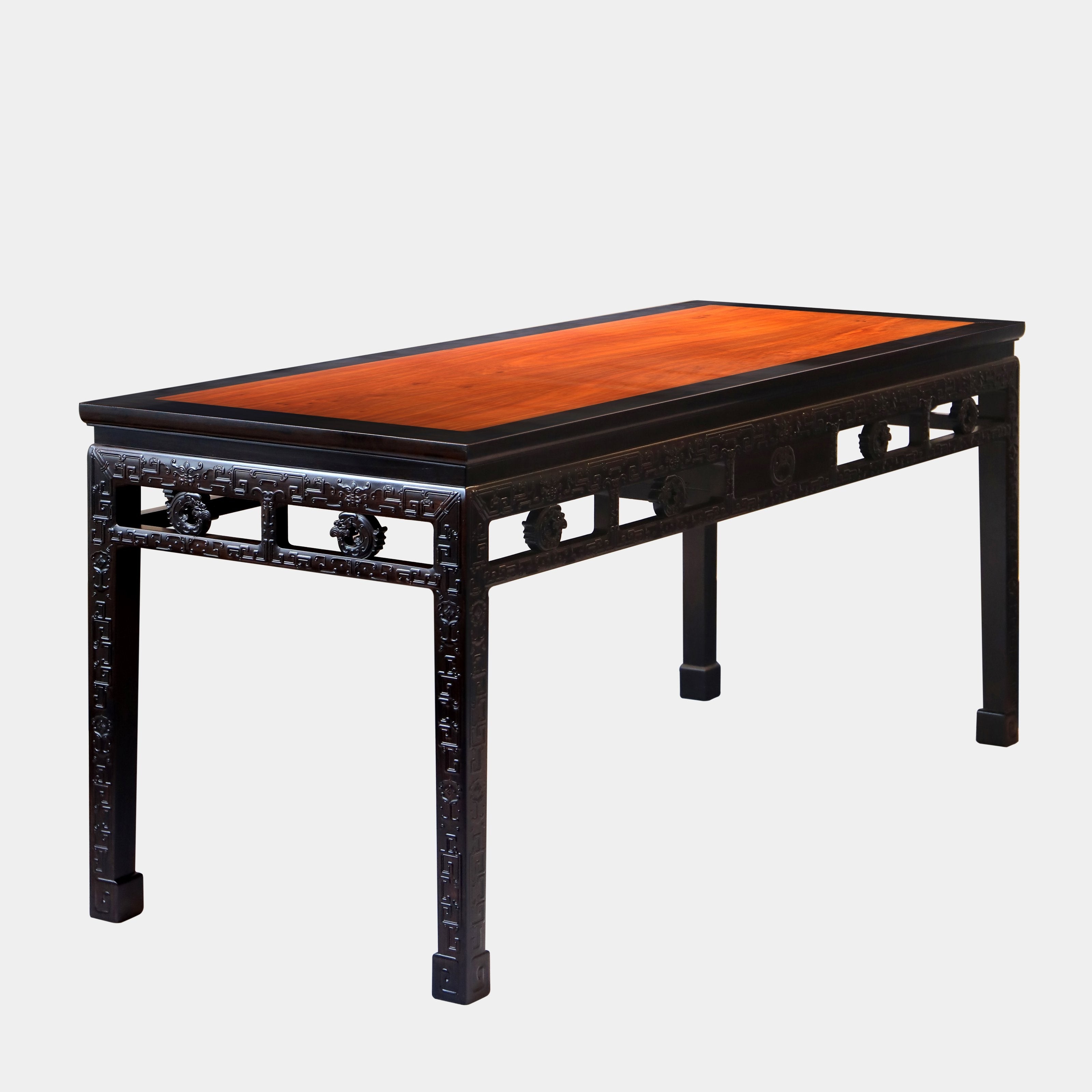
Purple sandalwood tea table with kui dragon pattern












Purple sandalwood tea table with kui dragon pattern
Purple sandalwood tea table with kui dragon pattern
This purple sandalwood tea table with kui dragon motifs is decorated with a variety of regular patterns. The edges are carved with continuous double-headed dragon patterns, while the upper parts of the legs are decorated with relief carvings of cloud patterns, animal face patterns, and kui dragon patterns commonly found on Qing Dynasty imperial purple sandalwood furniture. This interesting design reflects the Qing Dynasty's dual intention of reviving the past and innovating, and the patterns are likely variations evolved from ancient bronze ware designs. The fourteen drawers are decorated with openwork jade dragon motifs, with the central drawer suitable for storing elegant objects and collectibles. The tabletop is made of a single piece of un-spliced Burmese rosewood, with a warm and elegant color. The overall carving, polishing, and beveling are all meticulously executed, demonstrating superb craftsmanship. The entire piece uses concealed mortise and tenon joints, resulting in a clean and complete surface, highlighting the distinctiveness of imperial furniture.
Overall, this purple sandalwood painting table is heavy in shape, with intricate and gorgeous decorations, a high waist, and broad fretwork feet. Its large size, luxurious materials, exquisite craftsmanship, and magnificent temperament allow us to appreciate the superb style of Qing Dynasty furniture.
Chinese classical furniture has undergone thousands of years of development and evolution, forming a relatively complete system. Under the influence of different historical periods' culture, art, and social material civilization, it bears different historical and cultural characteristics, embodying profound social and historical significance. Among them, Ming-style furniture, with its simple and unadorned artistic style and exquisite and scientific techniques, reached a peak in the history of Chinese classical furniture. The Qing Dynasty, while inheriting the exquisite techniques of Ming-style furniture, also integrated the national culture and aesthetic tastes of the ruling class, developing an extremely luxurious and exquisite style of craftsmanship, which is extremely impressive and captivating. Today, scholars refer to this type of furniture as Qing-style furniture.
Purple sandalwood tea table with kui dragon pattern
This purple sandalwood tea table with kui dragon motifs is decorated with a variety of regular patterns. The edges are carved with continuous double-headed dragon patterns, while the upper parts of the legs are decorated with relief carvings of cloud patterns, animal face patterns, and kui dragon patterns commonly found on Qing Dynasty imperial purple sandalwood furniture. This interesting design reflects the Qing Dynasty's dual intention of reviving the past and innovating, and the patterns are likely variations evolved from ancient bronze ware designs. The fourteen drawers are decorated with openwork jade dragon motifs, with the central drawer suitable for storing elegant objects and collectibles. The tabletop is made of a single piece of un-spliced Burmese rosewood, with a warm and elegant color. The overall carving, polishing, and beveling are all meticulously executed, demonstrating superb craftsmanship. The entire piece uses concealed mortise and tenon joints, resulting in a clean and complete surface, highlighting the distinctiveness of imperial furniture.
Overall, this purple sandalwood painting table is heavy in shape, with intricate and gorgeous decorations, a high waist, and broad fretwork feet. Its large size, luxurious materials, exquisite craftsmanship, and magnificent temperament allow us to appreciate the superb style of Qing Dynasty furniture.
Chinese classical furniture has undergone thousands of years of development and evolution, forming a relatively complete system. Under the influence of different historical periods' culture, art, and social material civilization, it bears different historical and cultural characteristics, embodying profound social and historical significance. Among them, Ming-style furniture, with its simple and unadorned artistic style and exquisite and scientific techniques, reached a peak in the history of Chinese classical furniture. The Qing Dynasty, while inheriting the exquisite techniques of Ming-style furniture, also integrated the national culture and aesthetic tastes of the ruling class, developing an extremely luxurious and exquisite style of craftsmanship, which is extremely impressive and captivating. Today, scholars refer to this type of furniture as Qing-style furniture.










Frequently asked questions
Use the FAQ section to answer your customers' most frequent questions.
Order
Yes, we ship all over the world. Shipping costs will apply, and will be added at checkout. We run discounts and promotions all year, so stay tuned for exclusive deals.
It depends on where you are. Orders processed here will take 5-7 business days to arrive. Overseas deliveries can take anywhere from 7-16 days. Delivery details will be provided in your confirmation email.
You can contact us through our contact page! We will be happy to assist you.










